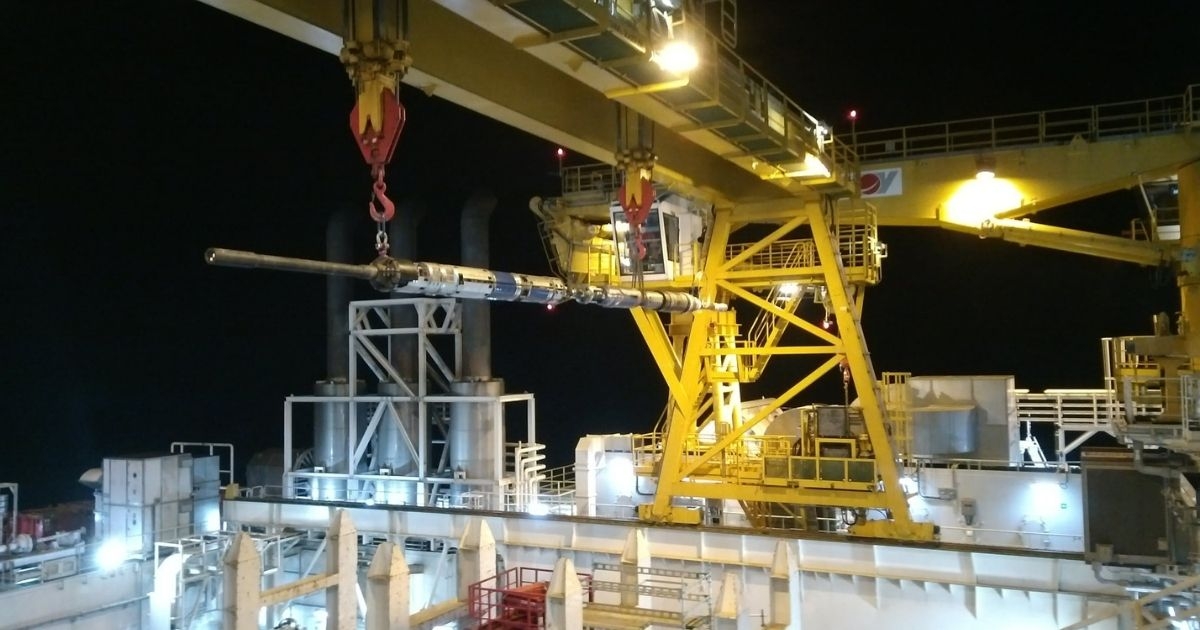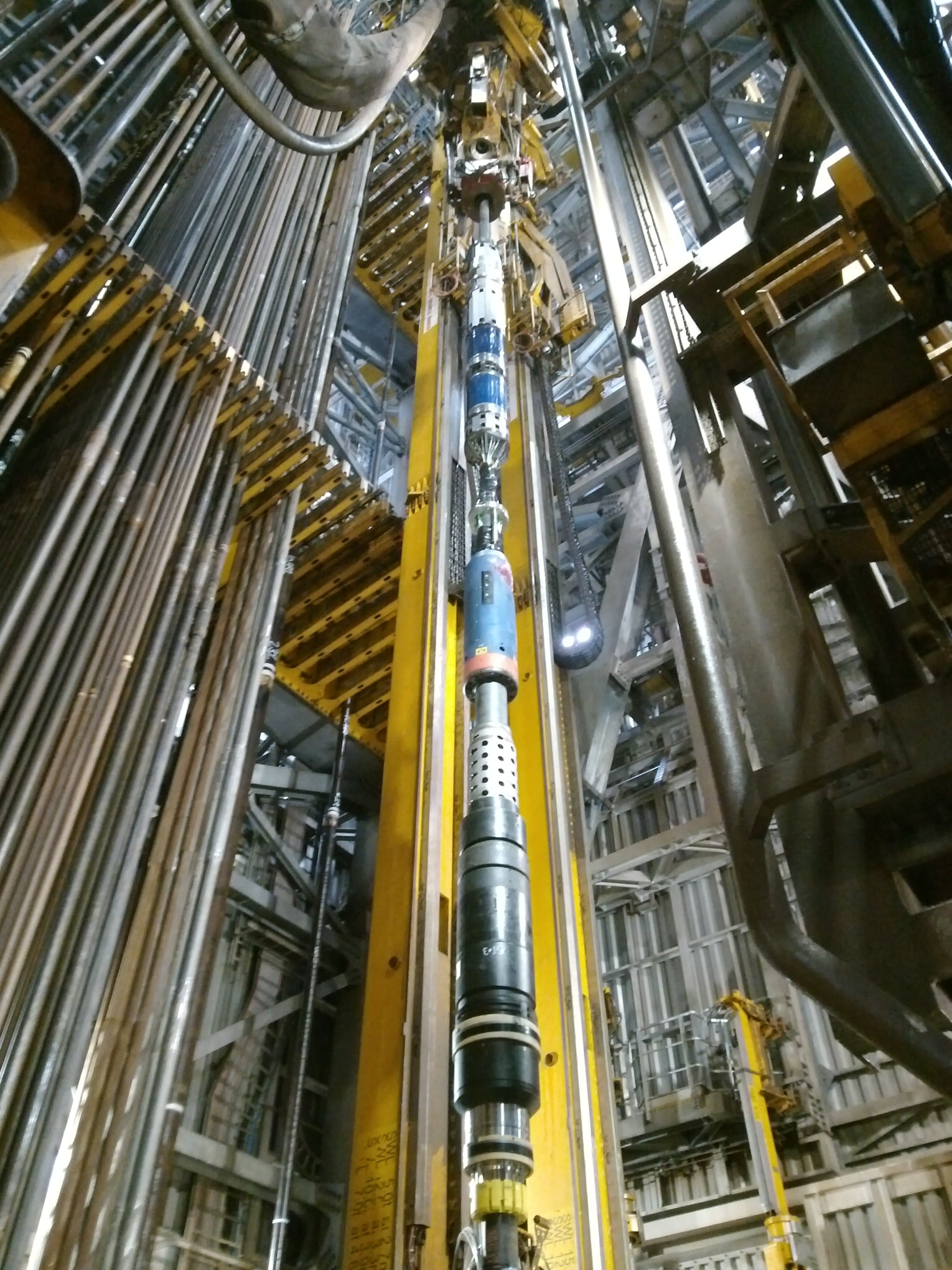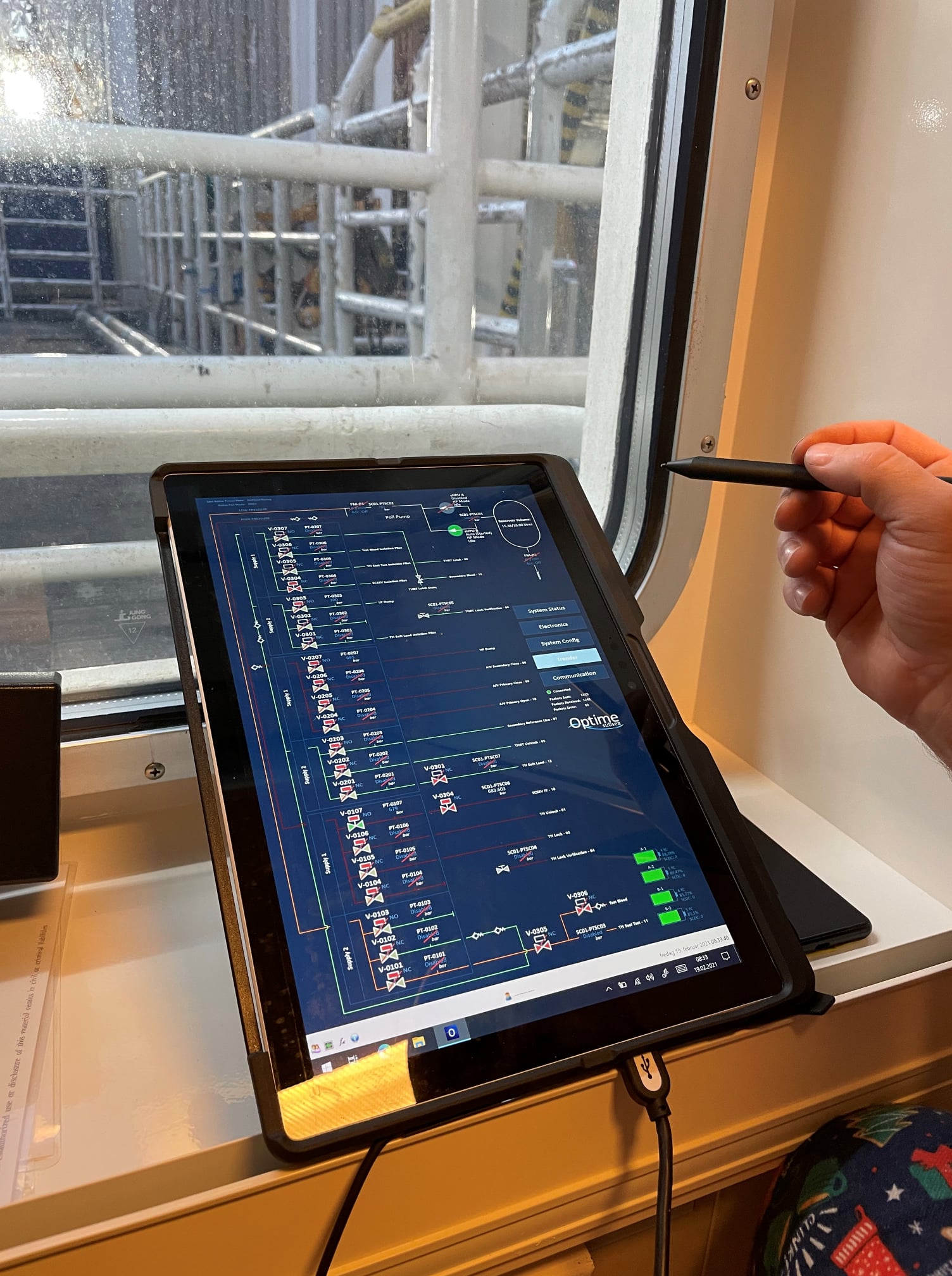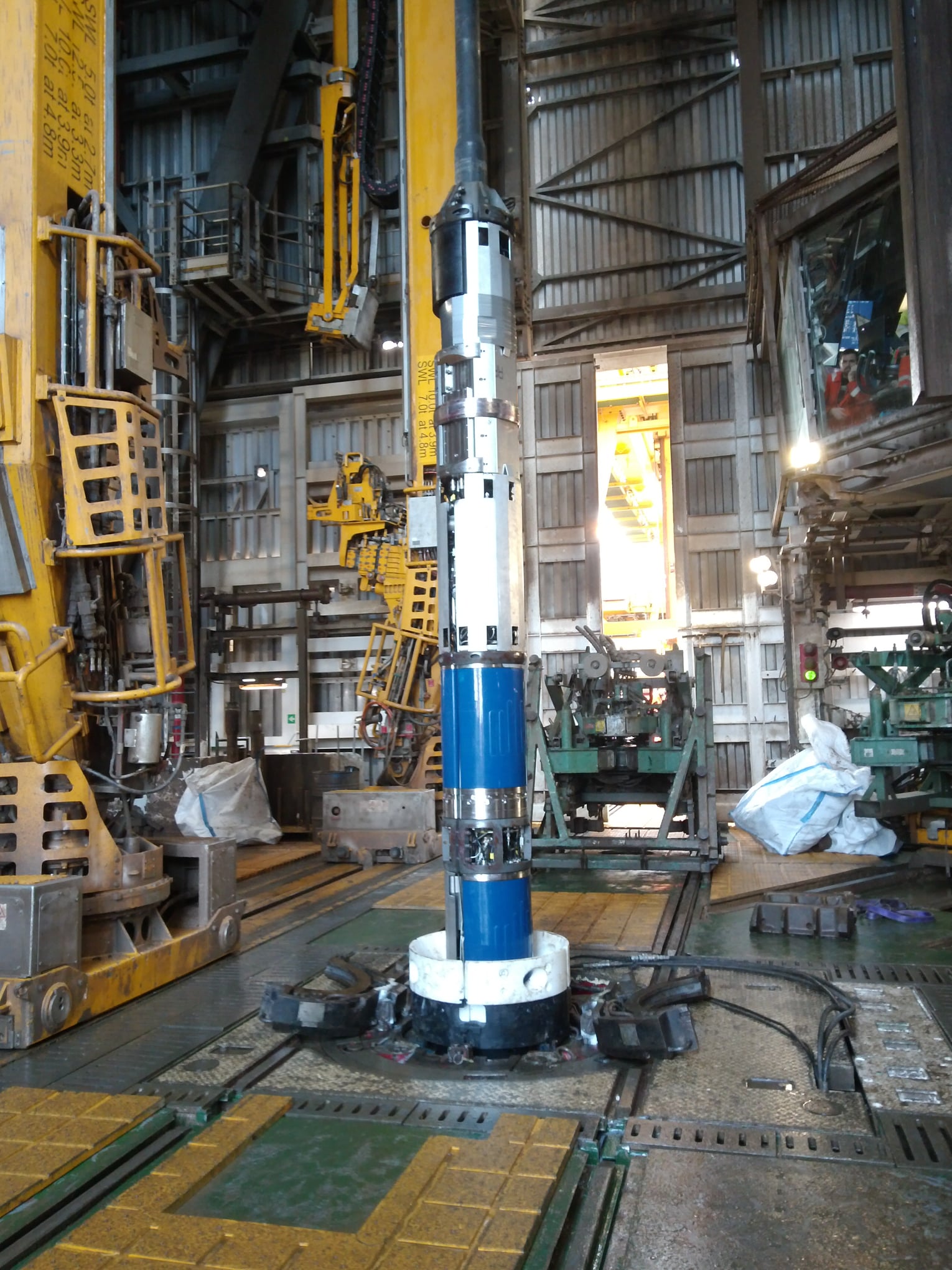Optime’s ROCS Successful in its First Operation for Aker BP

Optime’s subsea system, Remotely Operated Controls System (ROCS) has completed a successful subsea operation for Aker BP. The ROCS eliminates the umbilical during well completions. This is not just a first system use, but also a first type of operation for the industry.
ROCS was deployed during a completions operation for a production well for Aker BP on the Ærfugl-field on the Norwegian Contintental Shelf in late February.
 ROCS ready for operation, assembled and tested
ROCS ready for operation, assembled and tested
“This is a major achievement! Optime has developed ROCS over several years and from looking at the total work hours available internally, we have spent a significant share of resources on this development. Together with Aker BP we have now achieved success on the first operation offshore. I believe that is a great accomplishment and the start of a major industry transition with this system,” says Optimes CEO, Jan-Fredrik Carlsen.
 Operations previously in red zone now using this tablet
Operations previously in red zone now using this tablet
ROCS Simplifies Operations
Through ROCS, Optime is contributing to increased efficiency for the oil and gas industry in numerouis ways. ROCS is remotely controlled topside, using an advanced technological controls unit providing improved functionality, without a large hydraulic system, including a costly and heavy umbilical.
“We have now completed a successful operation on the Ærfugl-field using Optimes ROCS. The operation was planned in great details, allowing for a safe execution. Imbedded in Aker BP is the continous drive towards technology that permanently improves our subsea well operations. ROCS is a good example of that, as it reduces HSE risk, optimizes operations and also reduces the overall cost for us, says Mads Rødsjø,” head of Aker BP’s subsea well operations.
 ROCS through moonpool towards the subsea well
ROCS through moonpool towards the subsea well
“Through the use of ROCS we have been able to move tonnes of actual equipment from the rig, as well as mechanical and hydraulic interfaces, into a simple and efficient software. This is truly digitalization,” says Rødsjø.
Optime signed a frame agreement with Aker BP January of 2019. The agreement includes work on Aker BPs subsea systems for two years, with an additional 2 year extension.
“Aker BP and their competence as well as focus to leverage innovative technology, is fundamental to continous industry improvements. This reduces the environmental footprint, improves efficiency, increases safety, and reduces cost – we believe it will create a new industry norm,” says Jan Fredrik Carlsen.
ROCS Facts
When completing subsea wells, the tubing hanger is placed on top of the well head, as a seal towards the rest of the subsea well.
- Normally this is controlled through a dedicated hydraulic umbilical which includes a large 20-30 feet control container. When running the umbilical, it is clamped to the tubing for increased stability.
- ROCS replaces the operation by remotely controlling a controls unit towards the well head. This allows for safer, simpler and more efficient operations
- ROCS is mobilized in a single basket and prepared and made up onshore, allowing it to be ready to run immediately offshore from a vessel or rig.
Learn more here.

